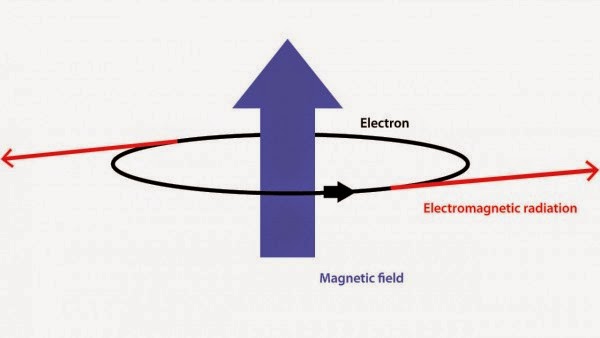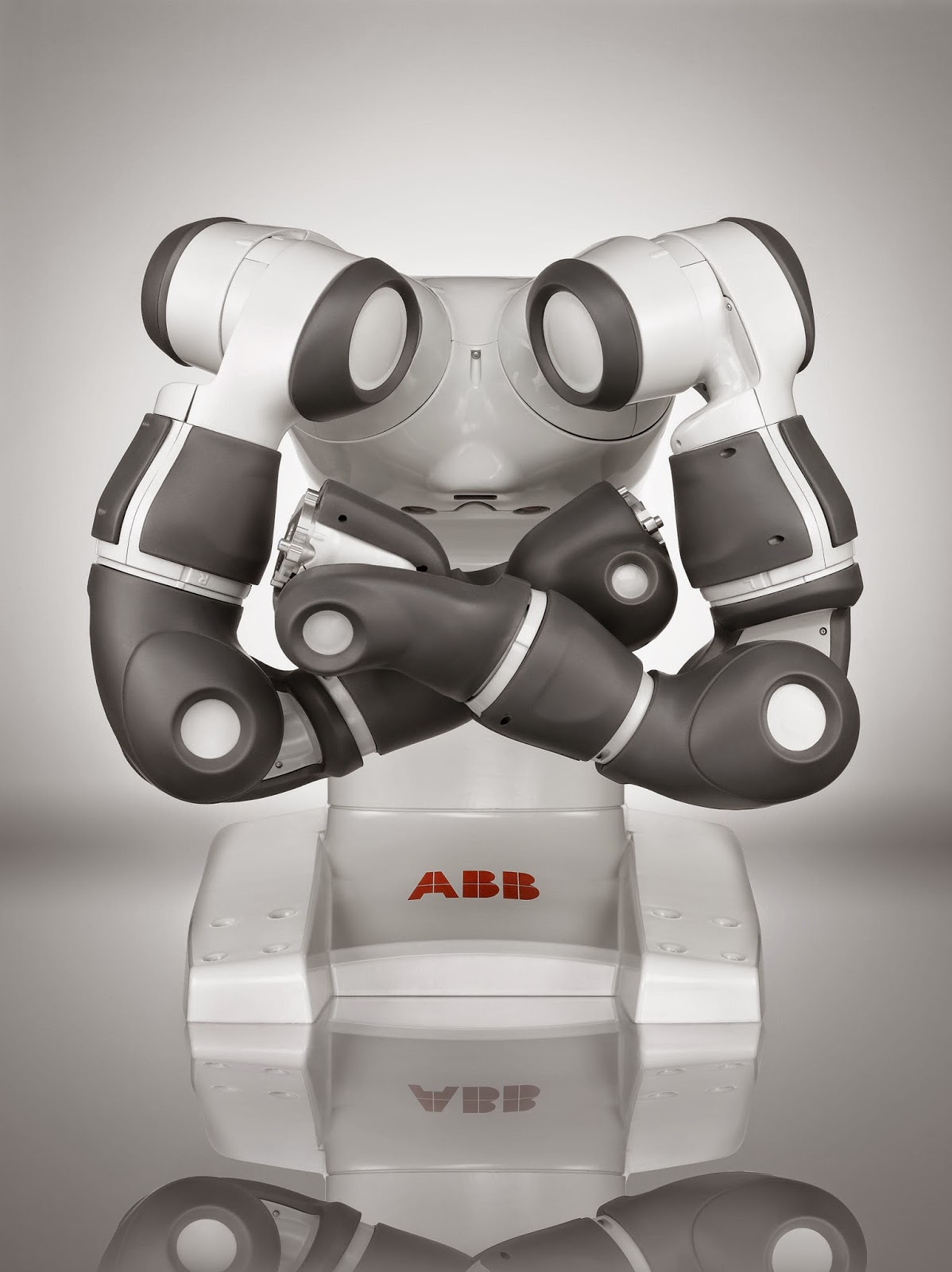 |
| International Space Station - Facts and Figures Page |
Topics: International Space Station, NASA, Space, Space Exploration
Growing up in the Apollo era, spaceflight and space exploration were "big deals" that stopped traffic, ensued water cooler conversations and dominated - at least in nerd culture - deep thoughts regarding where we were heading. It wasn't until the Space Shuttle Program that spaceflight became humdrum; routine. We'd pause when Challenger or Columbia tragedies dominated the news cycle, briefly reflect, give heartfelt condolences and go back to our technology-centered lives. My sincere hope is going forward we don't lose our need to explore and sense of wonder, nor suppress it with fear, propaganda, empty talking points and arrogant convictions. My optimism is many of our future leaders - in high school and college now - get to experience the "overlook effect" and maybe this cooperation will become a little more widespread, and sanguinely for out continuance, quite routine.
Since 1998, humanity’s had a permanent presence in space with the International Space Station. The ISS, which circles the Earth once every 90 minutes, is a model of global cooperation: A joint cooperation among five national space agencies, crewed by astronauts from more than 15 countries. Take an inside look at the daily life and science that goes on inside the space station whizzing by at more than 200 miles above our heads.
World Science Festival Staff






